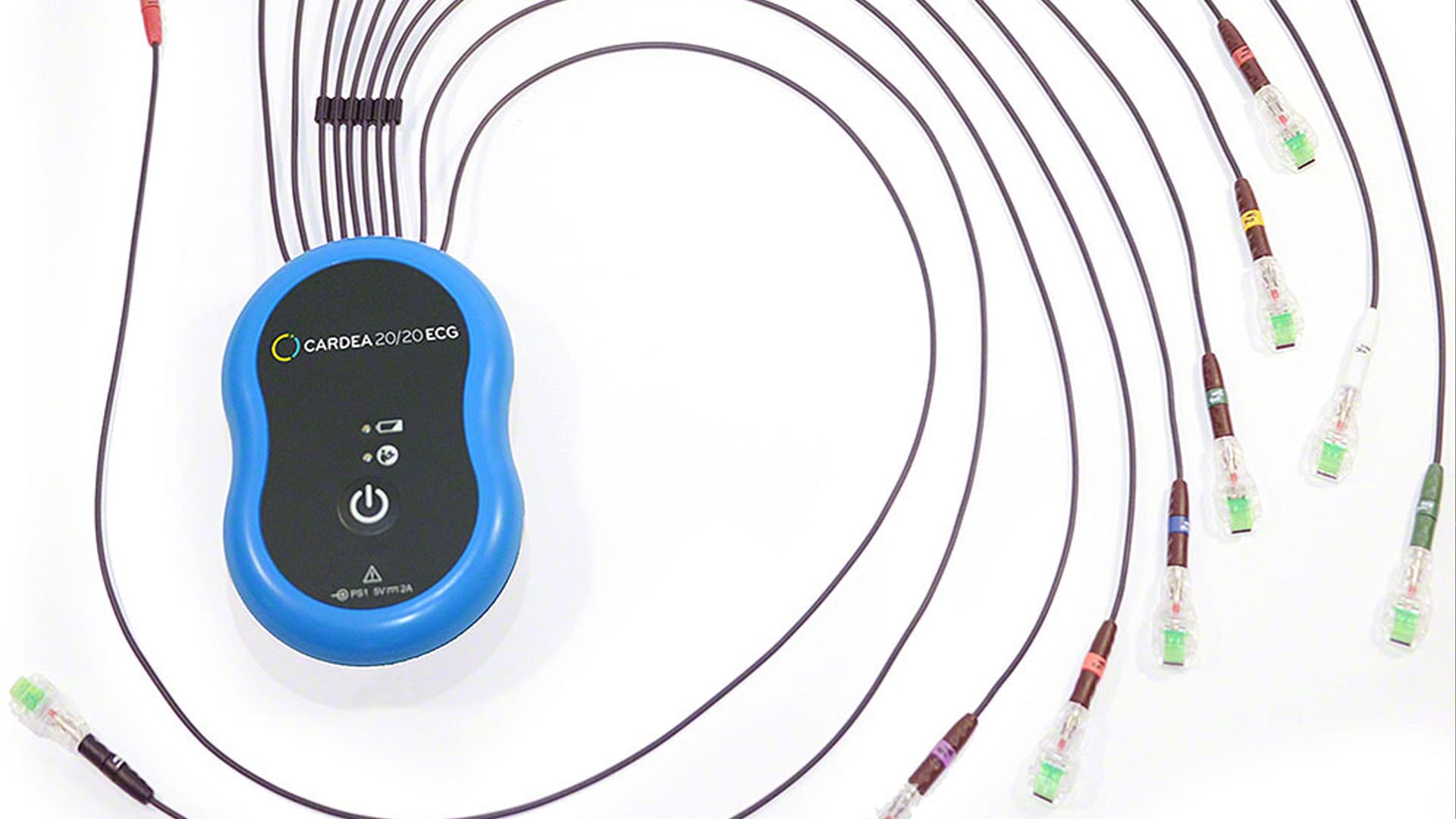The number of atrial fibrillation (AFib) cases is expected to double, or even triple, by 2050 as the global population continues to age.1 To help mitigate the growing clinical burden, cardiology providers must implement innovations in the diagnostic process that accelerate the time to treatment.
The Critical Role of Data in Arrhythmia Diagnostics
Rather than a short-term Holter monitor, continuous ECG monitors worn over a period of several days are now recognized as a highly effective tool to streamline AFib diagnosis. However, these monitors generate an enormous amount of data — often exceeding one million beats per test — that in-office infrastructure typically cannot analyze or display in an accessible way.2 Although more processing power may appear to be the right answer, certain technological advances in healthcare, such as EHR systems, highlight the fact that more technology doesn’t always mean a more efficient workflow.2
For that reason, cardiology providers often turn to independent diagnostic testing facilities (IDTFs) to generate reports for long-term wearable ECG devices. While these third parties may have the capacity to handle large amounts of data, they typically have long turnaround times and only note problematic events in their brief reports.2 This fragmented workflow inevitably delays treatment and forces providers to make critical decisions based on limited knowledge.
Optimizing Workflow With In-House ECG Analysis
With recent innovations in prescription wearable ECG technology, point-of-care clinical analysis is now a viable option for cardiology providers looking for a more efficient diagnostic process. In-house device analysis software not only delivers immediate results, but also increases revenue capture, as reimbursements are no longer divided between providers and IDTFs. By in-sourcing ECG analysis, providers can streamline practice workflow for greater productivity and improved patient outcomes.
The Cardea SOLO ECG System from Cardiac Insight takes in-house ECG analysis one step further with algorithm-based software that seamlessly integrates with existing infrastructure. In as little as 5 minutes, the SOLO Analysis Software examines each heat rhythm captured by the SOLO Sensor and generates comprehensive, easily accessible summary reports for physician review.
In just one follow-up visit, providers can retrieve the sensor, analyze all data, obtain diagnostic results, and create a treatment plan tailor-made to each patient’s specific needs. From start to finish, the time to diagnosis with Cardea SOLO is 7 days or less. With no wait times and full access to patient data, Cardea SOLO helps cardiology providers achieve a more efficient and patient-focused workflow.
Learn more about Cardea SOLO and how it can improve practice efficiency for better patient care.
Sources:
1. Nesheiwat, Z., Goyal, A., Jagtap, M. (2022, July 31). Atrial Fibrillation. In StatPearls. StatPearls Publishing. Retrieved December 8, 2022 from https://www.ncbi.nlm.nih.gov/books/NBK526072/
2. BLOG: Rethinking Traditional ECG Outsourcing. (September 19, 2022). Diagnostic and Interventional Cardiology.




